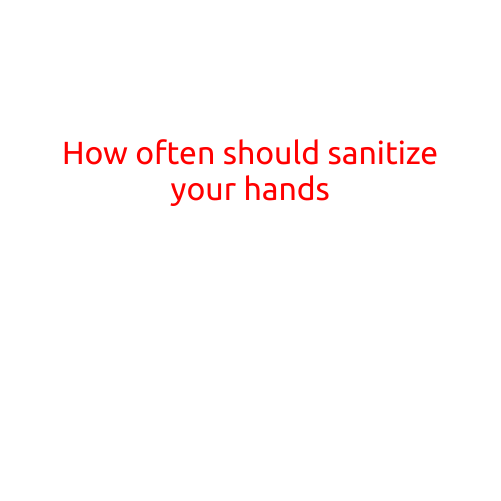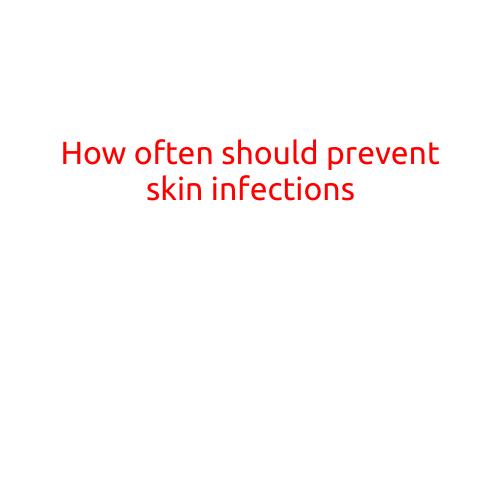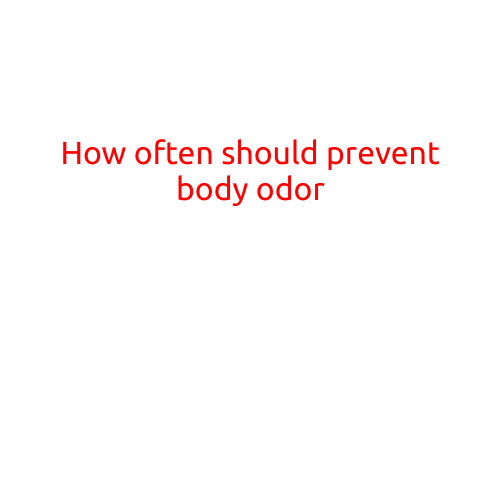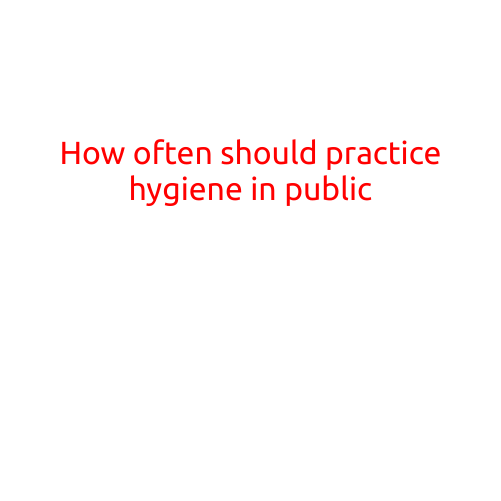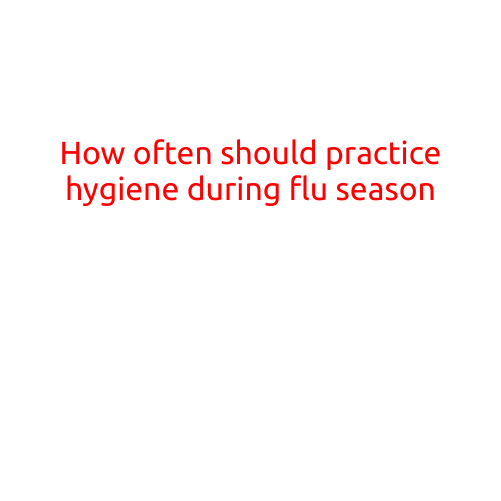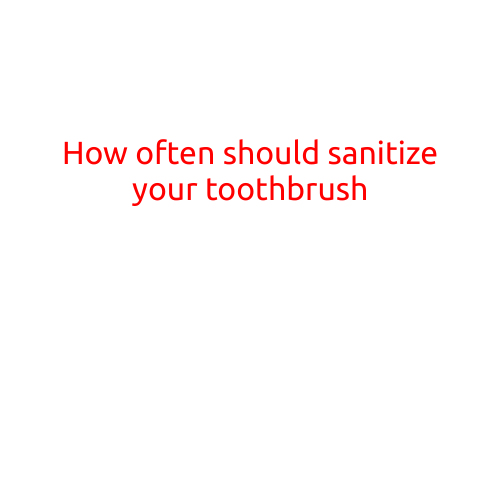
How Often Should You Sanitize Your Toothbrush?
Oral hygiene is a crucial part of our daily routine, and a clean toothbrush is essential for maintaining good oral health. However, harboring bacteria in your toothbrush can compromise its effectiveness and even put your health at risk. So, how often should you sanitize your toothbrush?
Why Sanitize Your Toothbrush?
Research suggests that toothbrushes can harbor billions of bacteria, viruses, and other microorganisms, including:
- Streptococcus mutans: a bacteria linked to tooth decay and gum disease.
- E. coli: a bacteria that can cause urinary tract infections.
- Listeria: a bacterium that can cause serious infections.
- Herpes simplex virus: a virus that can lead to cold sores and fever blisters.
These unwanted guests can be transferred from your toothbrush to your mouth, contaminating your teeth, gums, and tongue. Moreover, if you share your toothbrush with others or don’t clean it properly, these pathogens can be easily spread.
How Often to Sanitize Your Toothbrush?
To keep your toothbrush clean and prevent the growth of unwanted microorganisms, it’s recommended to sanitize it:
- After illness: Sanitize your toothbrush after recovering from an illness, especially if you had a fever, to prevent re-infection.
- Every 3-4 months: Sanitize your toothbrush every 3-4 months to remove bacteria that can accumulate over time.
- After traveling: Sanitize your toothbrush after traveling, especially if you visited an area with poor water quality or hygiene standards.
- If you notice changes: Sanitize your toothbrush if you notice any changes in its texture, color, or smell, which could indicate the presence of bacteria.
Methods to Sanitize Your Toothbrush
There are several ways to sanitize your toothbrush:
- Vinegar and water: Soak your toothbrush in a mixture of equal parts water and white vinegar for 5-10 minutes.
- Hydrogen peroxide: Soak your toothbrush in hydrogen peroxide for 5-10 minutes.
- Baking soda and water: Mix 1 teaspoon of baking soda with 2 tablespoons of water to create a paste. Apply the paste to your toothbrush and let it sit for 30 minutes.
- Toilet bowl cleaner: Believe it or not, many toilet bowl cleaners are designed to kill bacteria and viruses and can be used to sanitize your toothbrush.
- Ultraviolet (UV) light: Expose your toothbrush to UV light for 1-2 minutes to kill bacteria.
Additional Tips
- Rinse thoroughly: Always rinse your toothbrush with warm water after sanitizing to remove any residue.
- Store properly: Store your toothbrush in a dry place to prevent bacterial growth.
- Replace regularly: Replace your toothbrush every 3-4 months or sooner if the bristles become worn.
By sanitizing your toothbrush regularly, you can maintain good oral hygiene, prevent the spread of bacteria and viruses, and keep your mouth healthy and fresh.
